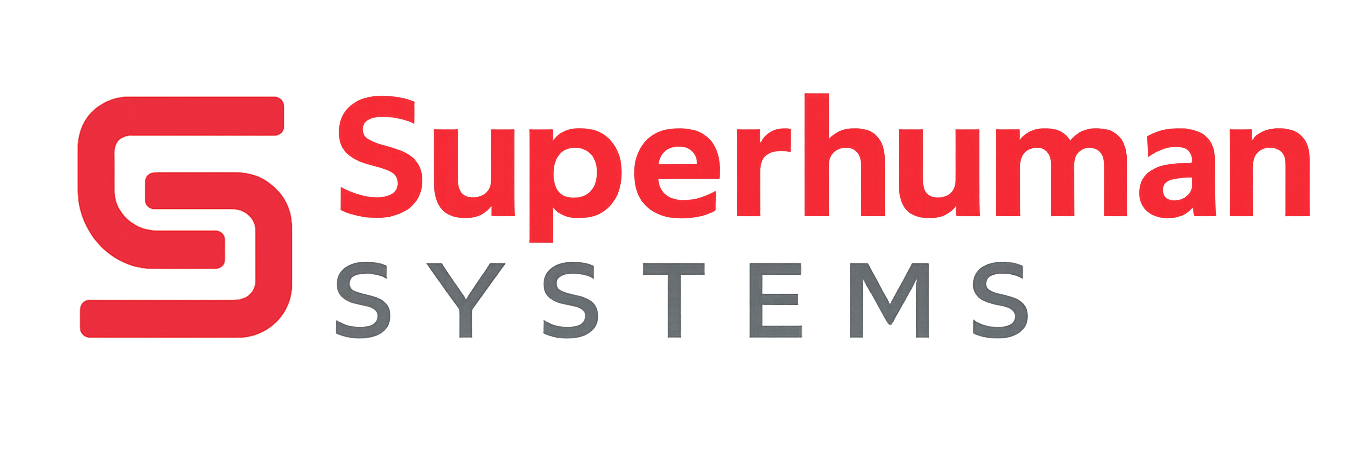Your Open-World Life Blueprint
Treat life like an open-world roguelike. 7 micro-quests turn setbacks into XP and build your legendary loadout.

There’s a moment
somewhere between your third unread email
and the tenth Instagram story you’ve swiped past
when you realize something’s off.
You’re checking boxes.
Cranking through to-dos.
But never actually feeling done.
The list grows like a multi-headed monster.
Promotions come with bigger paychecks…
and bigger problems.
Meanwhile, social media has turned ambition into an anxiety loop.
Everything must be optimized.
Measured.
Crushed.
Posted.
Shamed.
And the more seriously we treat life, the less alive we feel.
What if the antidote isn’t more hustle
but a better lens?
What if life isn’t a grim march…
but an open-world game?
In games, we take on quests.
We level up.
We collect loot.
We die and respawn, better.
Bring that mindset into real life…
and everything changes.
Procrastination becomes strategy.
Setbacks become feedback.
The grind becomes the game.
Let’s be clear:
Gamifying life doesn’t mean avoiding real responsibilities.
It means reclaiming control.
Projects become quests.
Core values become your energy bar.
Mentors become your guild.
The science backs it up: intrinsic motivation, gamification, behavior design.
Now it’s time to build your real-life loadout.
Let’s play.
🧬 1 Accept your random starting stats
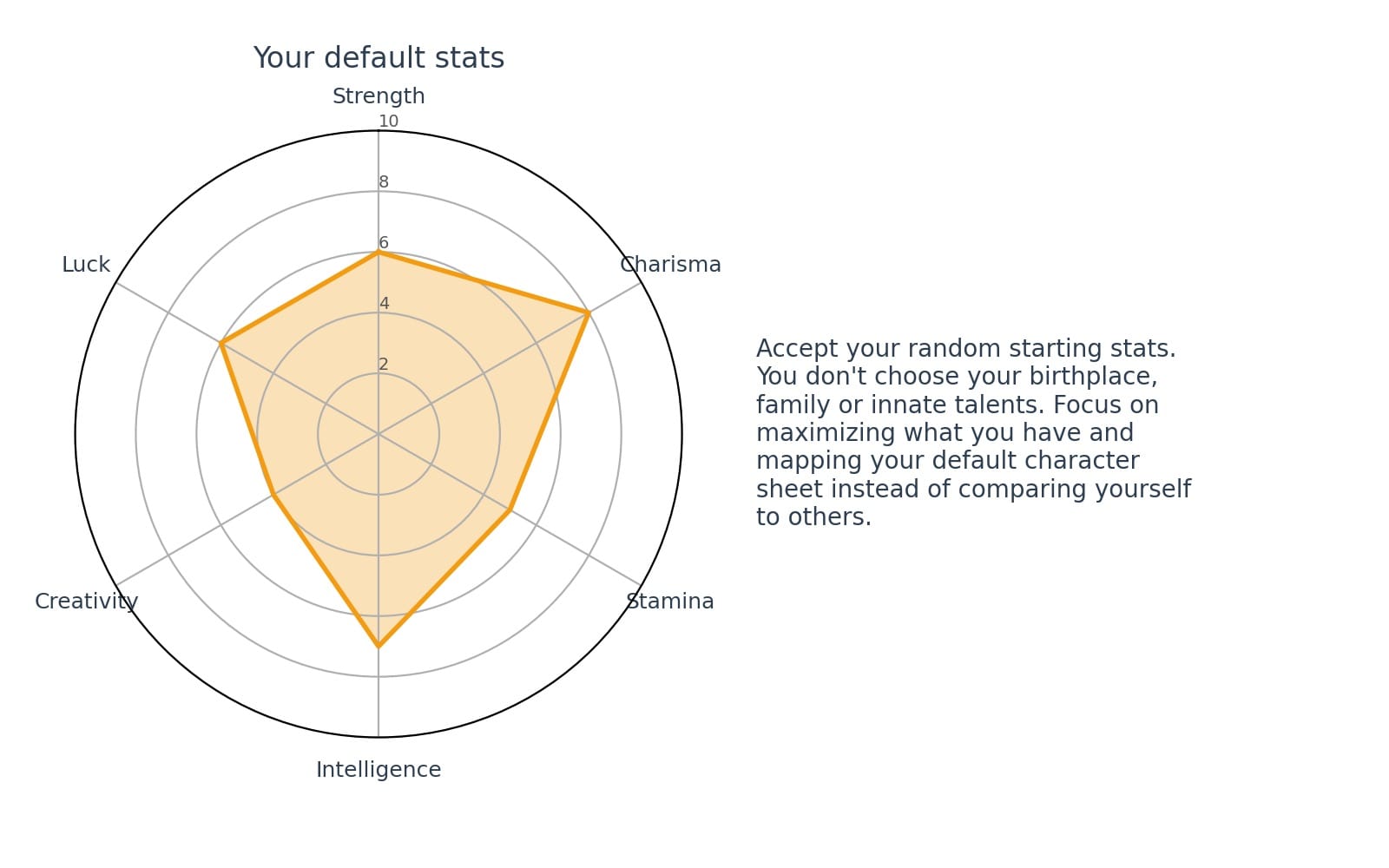
In most RPGs, you don’t choose your starting attributes.
You spawn in with a preset build
maybe high charisma, low stamina.
Max luck, zero stealth.
Life’s no different.
Your birthplace, your family, your baseline talents?
Random rolls.
Sociologists say family background explains more about a child’s success
than even school funding.
That’s not a death sentence.
But it is your character sheet.
Here’s the liberating part:
Comparison loses power the moment you accept your starting stats.
You stop wishing you were a wizard…
and start training as the warrior you are.
Envy drains energy.
Optimization multiplies it.
This is your first mission:
Self-mapping.
What are your natural strengths?
Where are your non-negotiable limits?
In tech-speak:
map your default build so you know where to allocate your next skill points.
Because you’re not just playing the game.
You’re customizing the player.
Your 5-minute quest: list your top 3 innate strengths and 1 immovable limit.
🎯 2 Build your character wisely
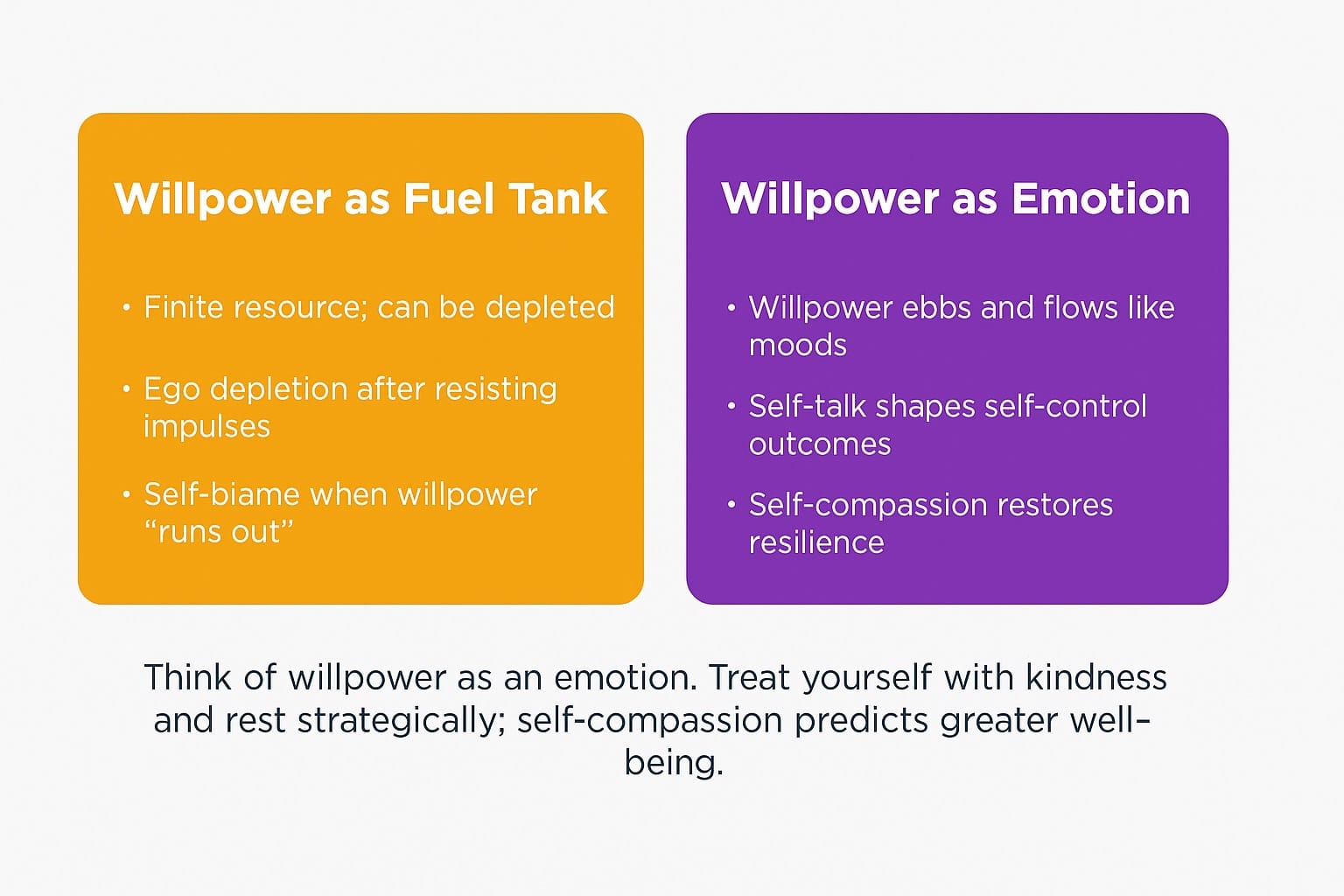
Every decision you make:
how you spend your time, attention, and energy
is an allocation of skill points.
But unlike in games, you can’t just respec at any time.
That’s why it matters so much where you invest.
Start with this:
Build around your core values.
They’re your energy bar.
Your battery.
Your source code.
When your work aligns with what you believe in,
motivation flows automatically.
When it doesn’t?
Willpower leaks out like a slow puncture.
Studies back this up:
A 2024 study found that workers forced to suppress emotion for too long
became more aggressive afterward.
Their brain waves showed signs of cognitive fatigue.
A 2015 meta-analysis of 79 studies found something simple and profound
people who practice self-compassion perform better, not worse.
Here’s the bridge:
Willpower isn’t a fuel tank. It’s a stat you train
It rises and falls based on how you rest, how you talk to yourself,
and how aligned you are with your values.
That means your approach should be strategic, not heroic.
Build systems that conserve energy:
Checklists.
Templates.
Automations.
Use your peak energy for boss fights.
Not for inbox cleanup or decision paralysis.
And when your brain hits its limit?
Don’t brute-force it.
Log off. Reboot. Come back stronger.
Micro-quest: automate one recurring decision tonight using a GPT prompt.
🕹️ 3 Design Your Personal Game
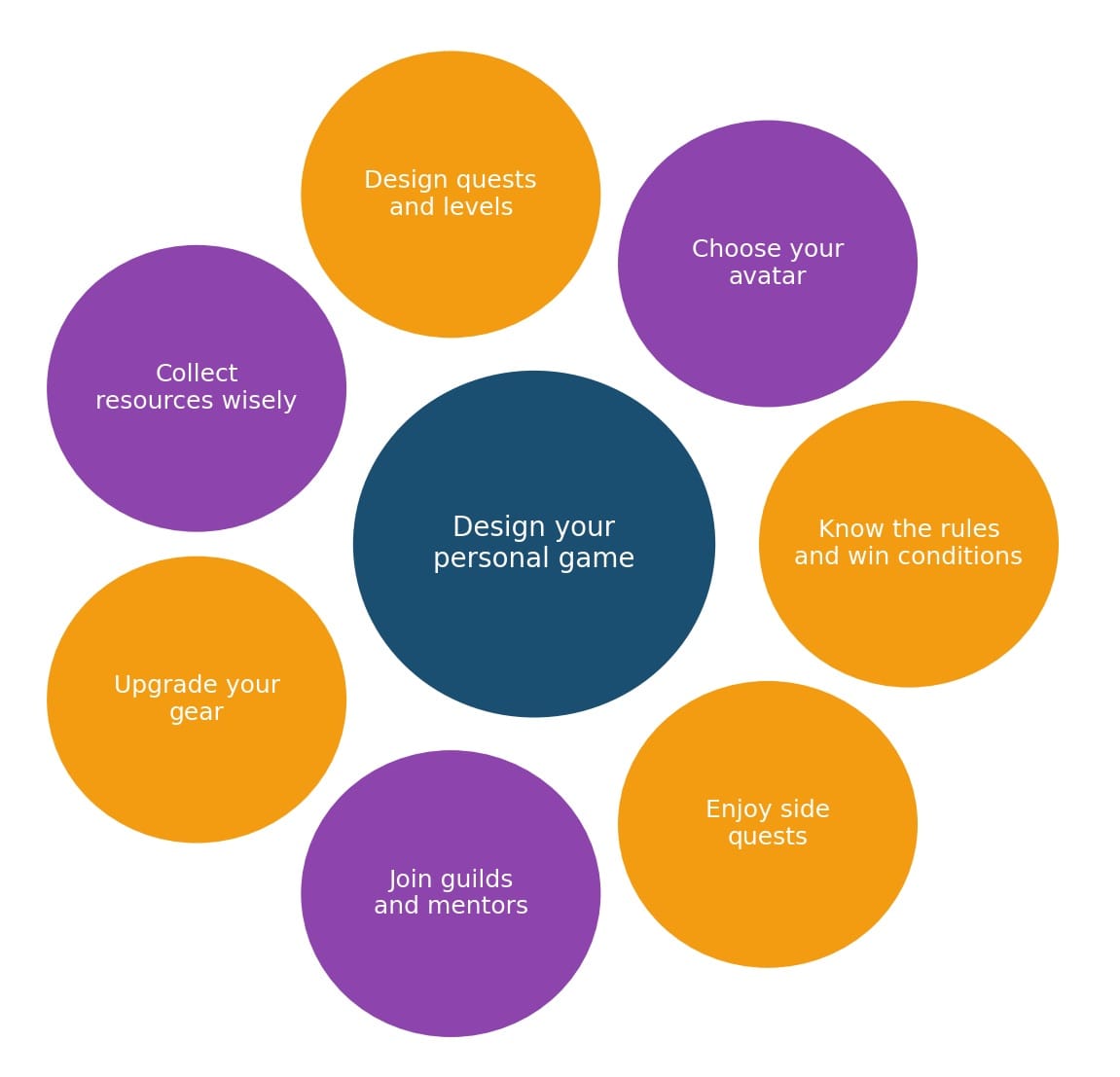
Self-awareness? Check.
Core values? Locked in.
Now it’s time to design the game you actually want to play.
Here’s a 7-part framework inspired by RPGs and backed by behavioral science.
Let’s build.
3a Know the Rules and Win Conditions
Games are fun because they’re clear.
There’s a way to win. There are boundaries you don’t cross.
Life’s win conditions?
They’re yours to define.
That might mean financial freedom.
Creative impact.
Raising kids with character.
Or just living aligned with your principles.
Write your win conditions like quests.
Clarify: the rules, ethical lines, legal boundaries, and choose metrics that matter.
Not just salary.
Time with family [hours/week]
Health [energy index]
Joy [smile count]
Fulfillment [real goals achieved]
Because clear goals activate intrinsic motivation and tighten your feedback loop.
3b Choose Your Avatar Consciously
In games, you choose your class.
Builder. Creator. Connector. Analyst.
In life, your identity is your avatar.
Own your strengths.
Choose a role that matches your values.
Are you a creator? A builder? A systems-thinker?
Then act accordingly.
Research shows that believing you can grow
increases mastery-oriented behavior across adulthood.
Your identity isn’t fixed.
But it is a lever.
Choose it with care.
3c Design Quests and Levels
Big goals are overwhelming.
Games break them into quests.
Do the same with your projects.
Each quest should level up a stat:
Public speaking. Coding. Product design.
Track progress like XP.
Reward completions. Celebrate level-ups.
Gamification works on you, too.
90% of employees say gamification boosts productivity.
The market’s projected to hit $48.7B by 2029.
Use points, badges, milestones. Whatever fuels your dopamine.
And don’t forget:
Progress feels good. Use it.
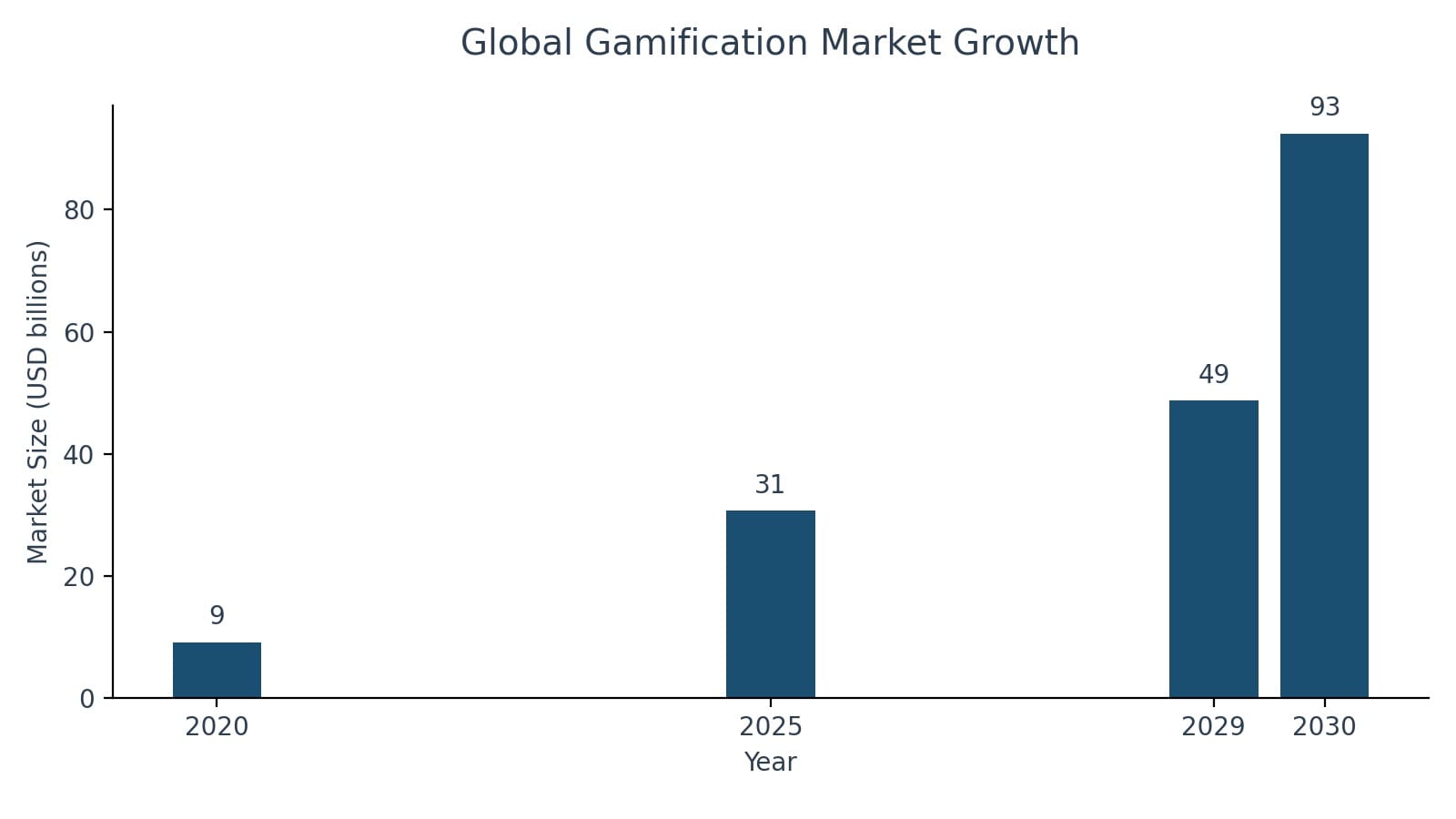
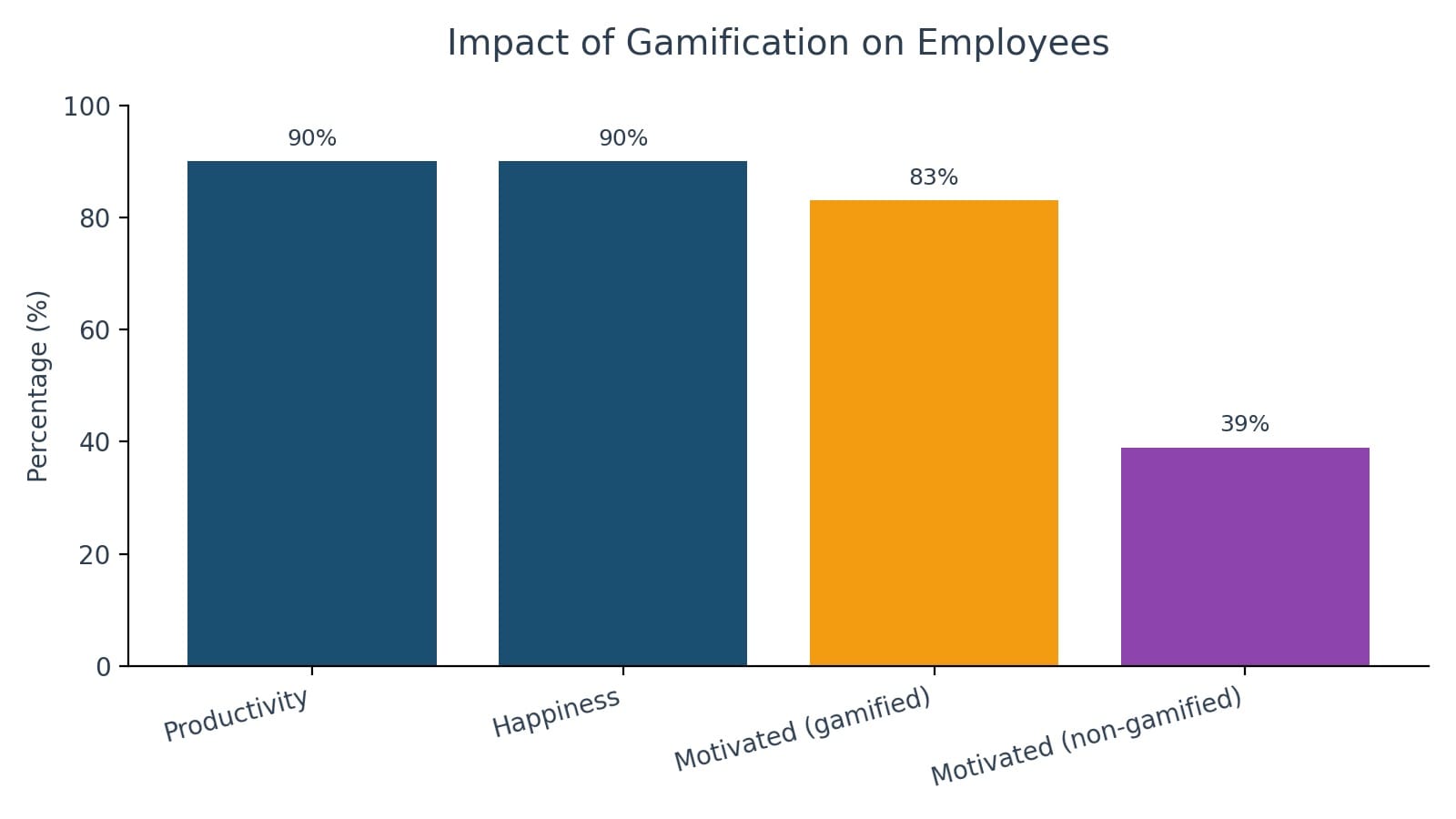
3d Collect Resources Wisely
Don’t be a hoarder.
In games, carrying junk slows you down.
So does trying to learn everything at once.
Curate what supports your current quests.
Store the rest in your second brain (digital notes, AI, etc.).
Core values help here.
If something doesn’t align, then drop it.
No guilt.
3e Upgrade Your Gear
Your tools matter.
Your systems matter more.
Whether it’s automation, AI assistance, or a better chair
gear amplifies your power.
Just make sure the upgrade supports your mission.
Not procrastination in disguise.
Invest where it multiplies output:
• Health routines
• Better tech
• Cleaner workflows
Small upgrades. Big returns.
3f Join Guilds and Find Mentors
Multiplayer games teach this fast:
Don’t solo everything.
Mentorship and community are force multipliers.
98% of Fortune 500s have mentoring programs.
Those companies earn double the median profit.
Mentorship boosts retention, happiness, and career velocity.
And no, it doesn’t have to be formal.
Your guild might be:
• An online Discord
• A coach who pushes you forward
Guilds create accountability.
They build identity.
They accelerate growth.
Find yours.
3g Enjoy Side Quests (Mindfully)
Not everything should be productive.
That’s not the point of the game.
Side quests—done right—replenish your energy bar.
Travel. Guitar. Gardening. Walks.
Things that restore curiosity and mood.
Rest doesn’t make you lazy.
It makes you strategic.
Creative breakthroughs happen when the brain wanders.
Google’s “20% time” gave birth to Gmail.
Just be intentional.
Side quests aren’t doomscrolling.
They’re detours that refill your mana.
This week’s side-quest: spend one hour on a non-work hobby—track your mood before and after.
💫 4 Rest and Mindset as Power-Ups
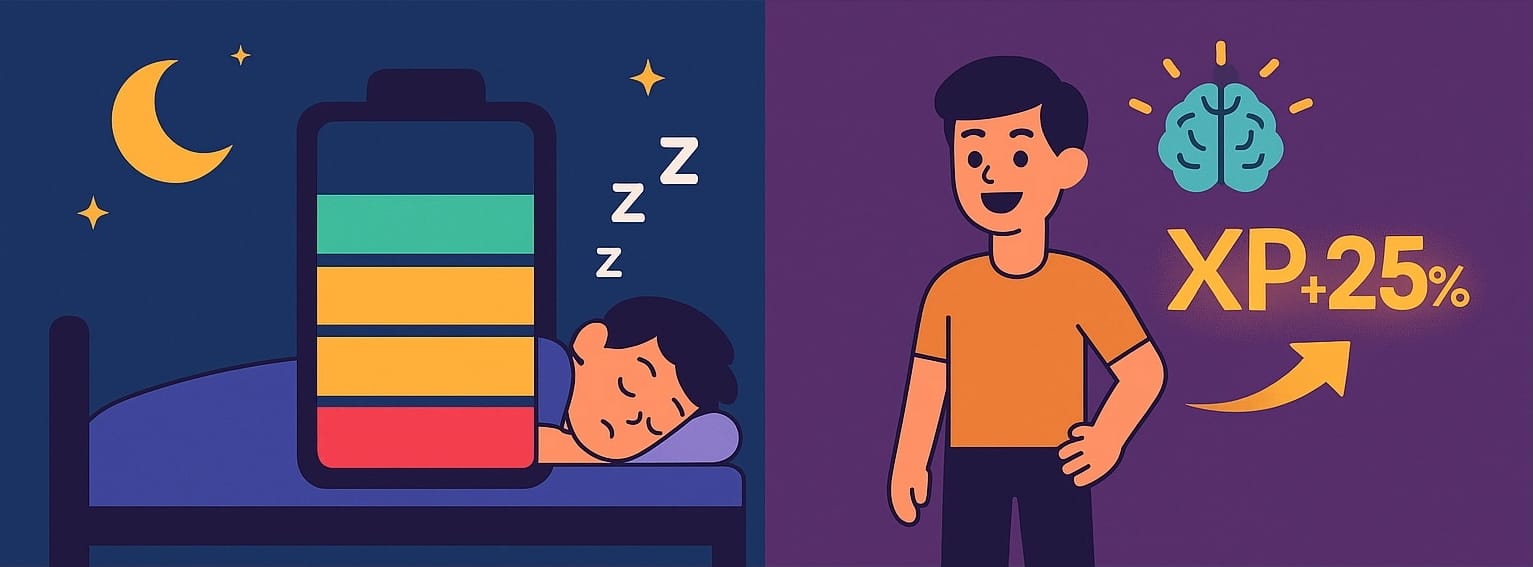
In hustle culture, rest looks like weakness.
But in game design?
Rest is a mechanic.
A strategic pause.
A way to replenish your stats.
Science agrees:
Regular breaks and solid sleep boost memory, mood, and creativity
The brain’s default mode network activates during rest, forging new connections
Companies that promote downtime often outperform those that don’t
You’re not slacking.
You’re recharging.
Treat downtime like a potion, not a penalty.
Your energy bar depends on it.
Now let’s talk mindset.
This isn’t fluff—it’s a hidden stat.
And it changes everything.
Adults with a growth mindset (the belief that intelligence and ability can grow)
are more likely to pursue mastery, take on challenges, and bounce back stronger.
It’s not just for kids or classrooms.
This applies to careers, startups, health, and skill-building at any age.
Believe your stats can increase…
and they will.
Stay fixed—and every failure feels fatal.
But growth mindset isn’t enough on its own.
You need self-compassion too.
The data says: Harsh self-criticism kills motivation.
People who practice self-compassion are more resilient and mentally well
Berating yourself drains your willpower.
Reflecting on failure upgrades it.
So here’s your upgrade protocol:
1. Fail a quest?
2. Ask: What did I learn? What needs improvement?
3. Adjust the strategy. Try again.
When failure becomes feedback,
fear loses its grip.
And curiosity takes over.
🔄 5 Reframe Setbacks as Game Feedback
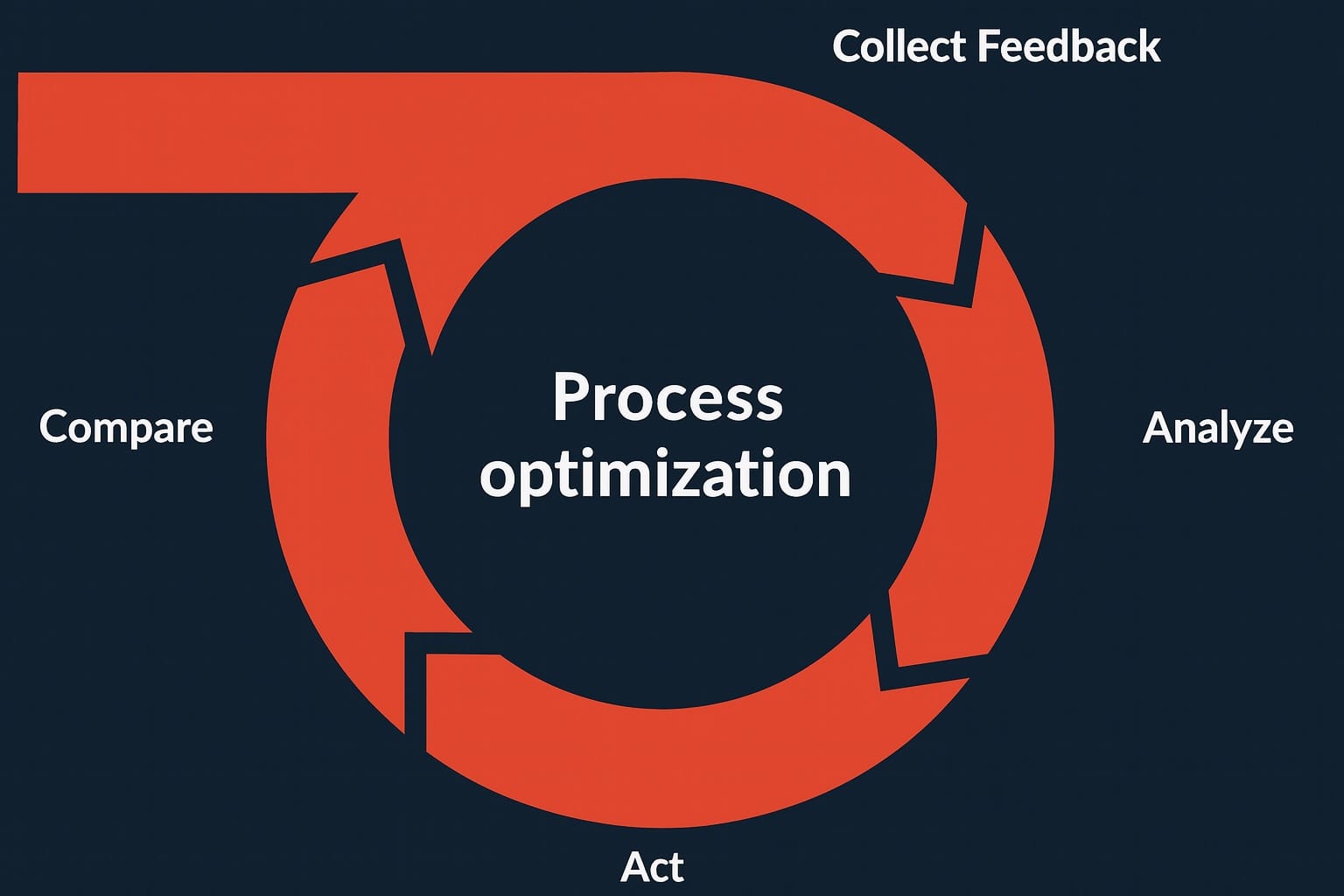
In school, mistakes get punished.
In life, they often get buried.
But in games?
Failure is the whole point.
When Mario misses a jump, you don’t quit cold.
You adjust your timing and go again.
Same goes for your goals.
Treat setbacks not as proof you’re broken…
but as signals you need to adapt.
This mindset builds resilience.
And it invites experimentation.
How to Reframe Like a Pro Player
R1 Rename the problem.
Don’t say: “I failed to meet the deadline.”
Say: “This level was tougher than I expected. What strategy needs adjusting?”
R2 Lower the difficulty, not the goal.
If the boss fight is too hard, grind micro-quests.
Break big tasks into smaller ones.
Ask your guild for support.
R3 Review your playthroughs.
After every win and loss, run a retro.
What worked?
What drained your energy bar?
What would you tweak next time?
R4 Celebrate the small wins.
In games, every level-up comes with a reward.
So create your own perks:
- A break
- A snack
- A “hell yes” moment
- High-five yourself in the mirror.
Why?
Because celebrating progress releases dopamine.
And dopamine drives momentum.
Reframing is a skill.
Practice it often.
Every setback is a signal.
Read it well and move forward smarter.
🎯 6 Pick Your Quest
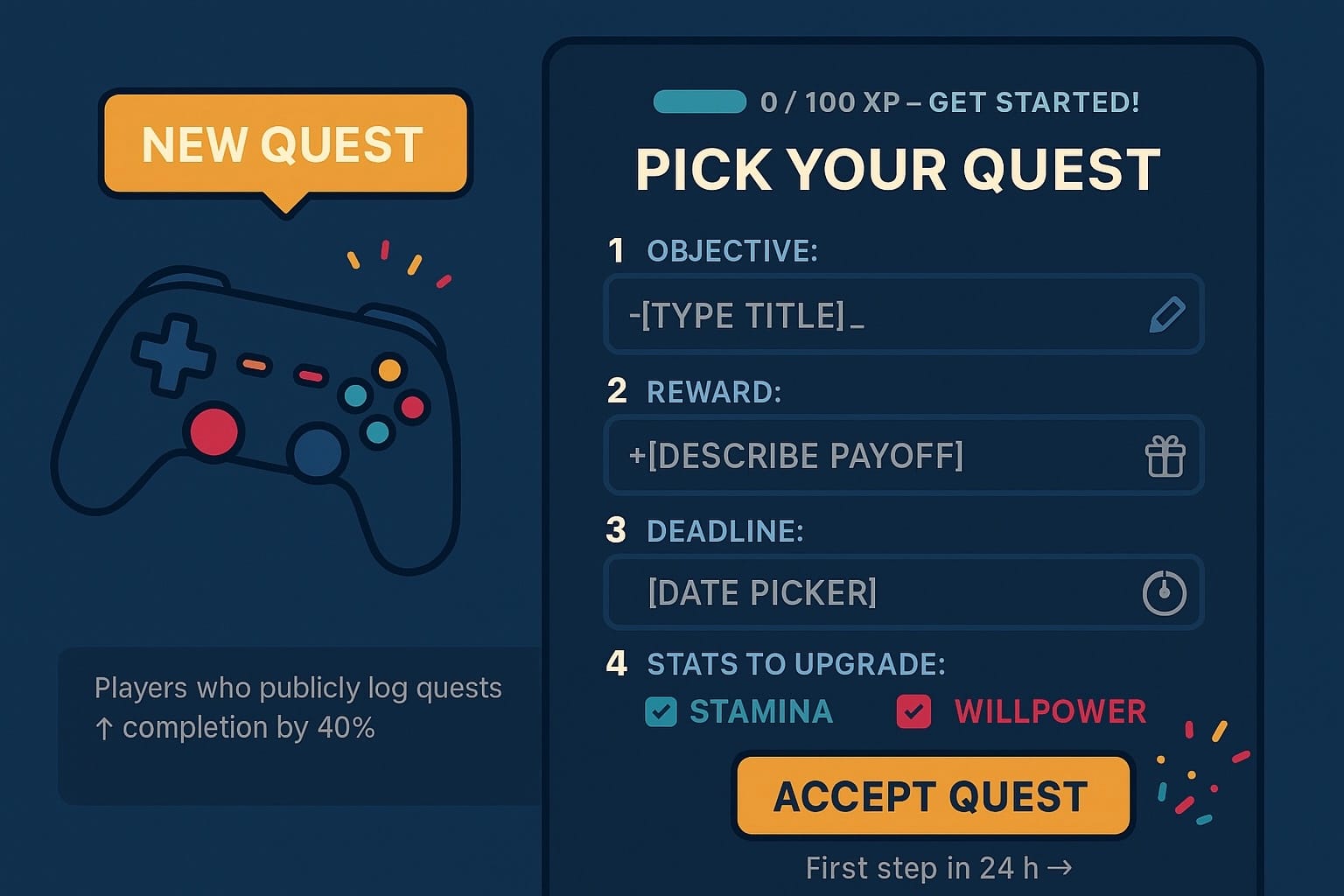
Time to pass the controller to you.
What’s one area where you feel stuck?
A side project you keep punting?
A hard conversation you’ve been avoiding?
A fitness goal you never quite start?
Now:
Reframe it as a quest.
Here’s the 4-step quest builder:
1. Name the objective.
Give it a title that feels real and specific.
“Run 5 km without stopping.”
“Publish a newsletter issue.”
“Finally send the pitch email.”
2. Define the reward.
What’s the payoff?
Pride? A new skill? More alignment? A financial milestone?
Visualize it. Make it tangible.
3. Set a deadline.
A quest without a timer?
Just a wish.
Pick a date.
Make it public if that helps.
4. List the stats you’ll upgrade.
Every quest trains something:
Writing. Stamina. Emotional courage. Negotiation.
Make the journey part of the reward.
Now take the first step.
Within 24 hours.
- Write 200 words
- Put on your running shoes
- Send the outreach email
Treat it like a game.
Because it is one.
Notice how the frame shift reduces friction.
And when you complete it?
Celebrate.
Like you just beat a boss.
You’re not playing solo.
Share your progress with a friend.
Join a community.
Find a mentor or form a guild.
Mentored players win more:
- 90% report being happier at work
- Companies with mentoring programs see higher profits and retention
Hope this piece has been helpful to you.
Join the newsletter below.
Wishing you success in your game
— Brian
